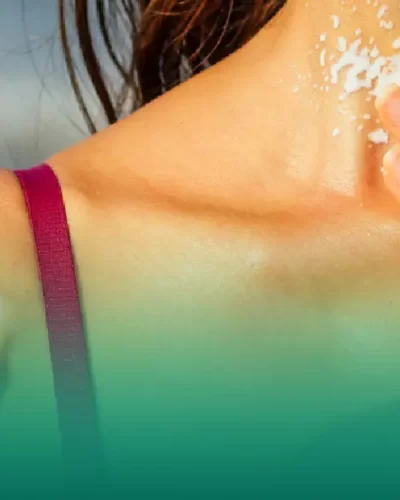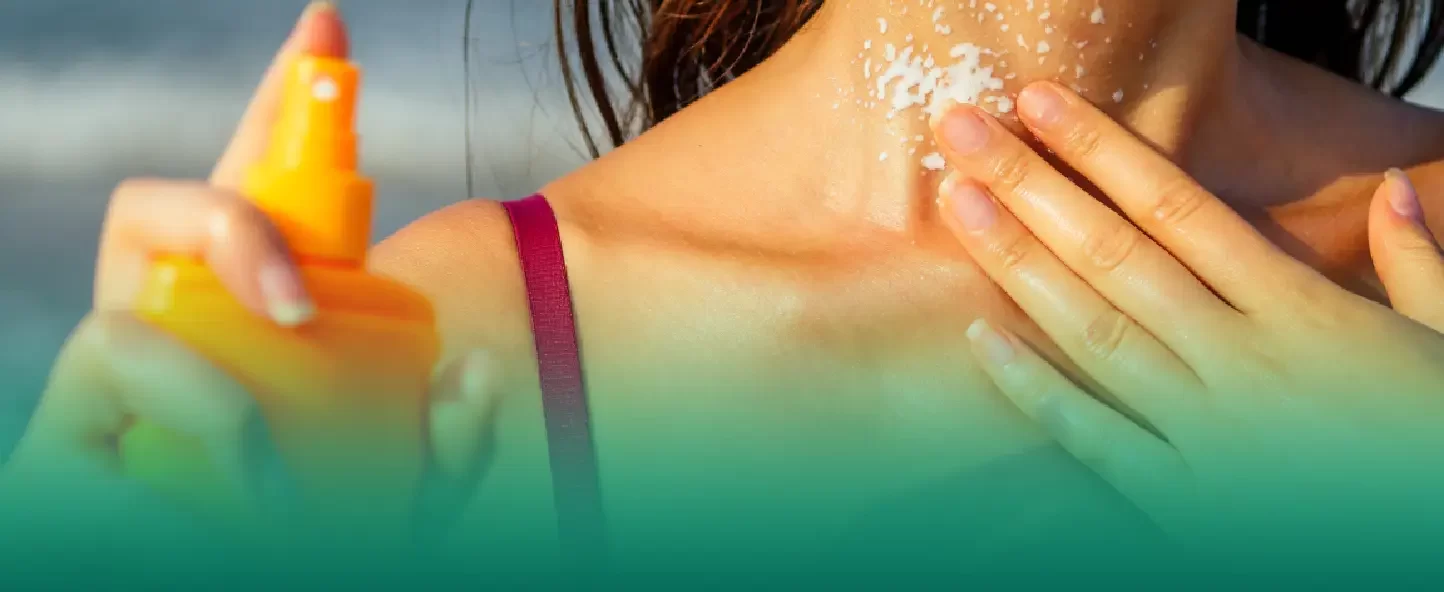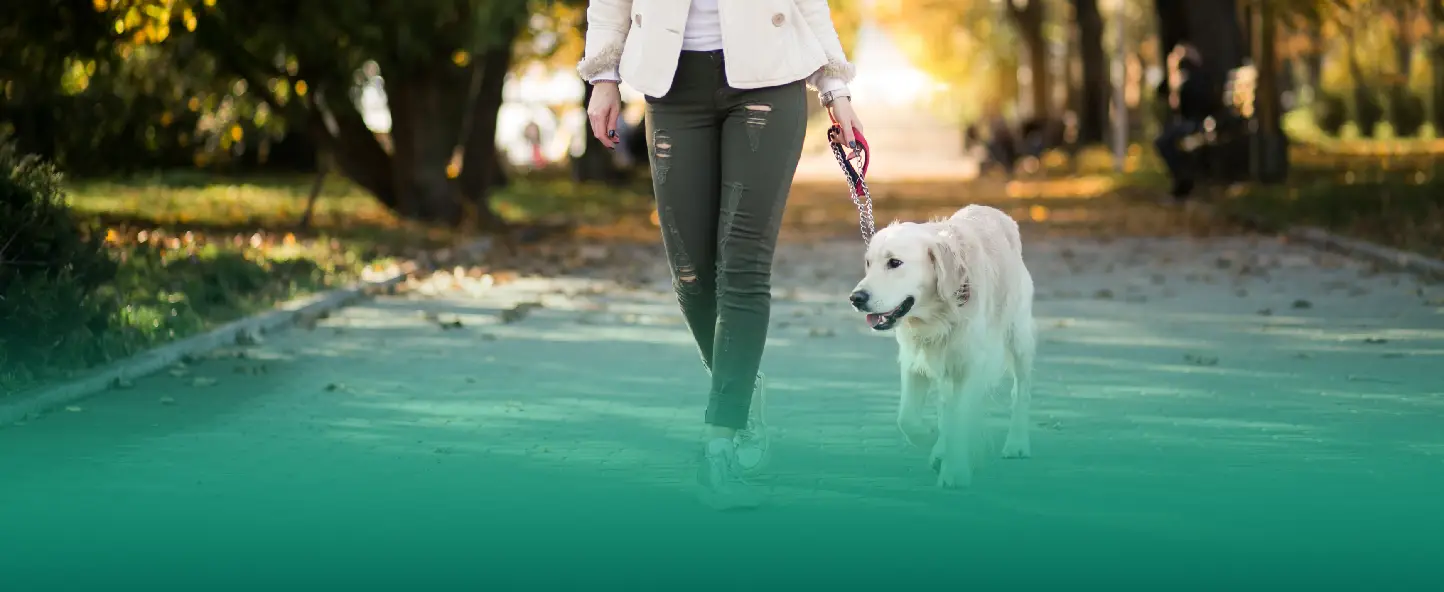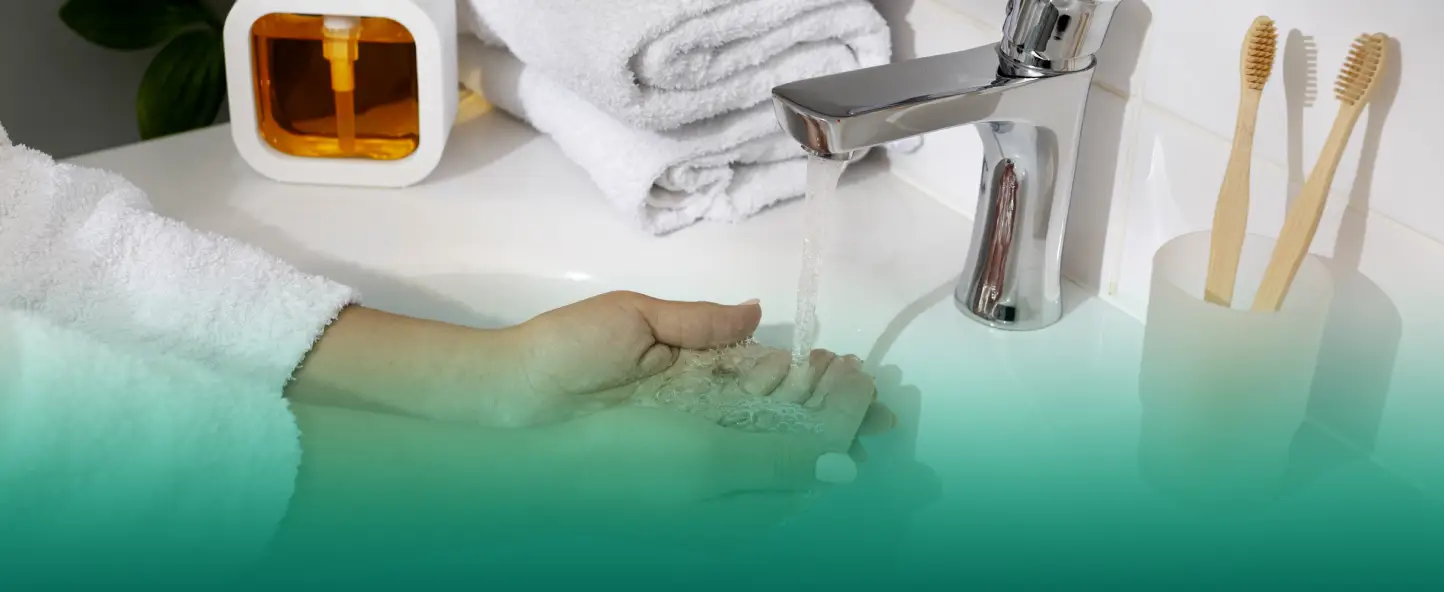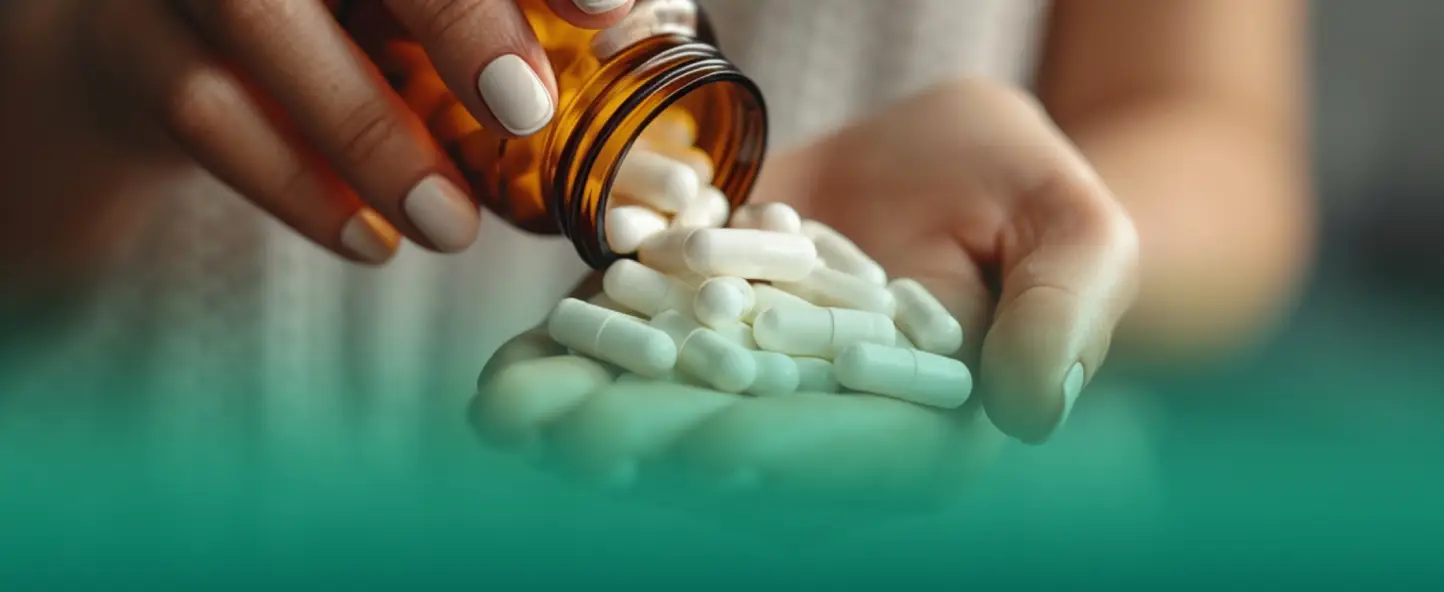Does dark skin need sun protection? Does sunlight replace vitamin D? And other difficult questions in today’s article!
Myth: Sunbathing replaces vitamin D
Solar radiation is one of the sources of vitamin D for the body. Vitamin D is produced in the skin under the influence of ultraviolet B rays (UVB) from sunlight. However, this process can be complicated by various factors such as time of year, latitude, weather conditions, skin type and use of sunscreens.
In addition to sunlight, vitamin D can be obtained from certain foods, such as fatty fish (salmon, sardines), egg yolks, and fortified foods such as milk or juices. Vitamin D is also available in dietary supplement form.
Maintaining optimal vitamin D levels is important for bone health, immune system function, and overall well-being. It is recommended to check your vitamin D levels regularly and discuss them with your doctor or nutritionist.
Myth: Burnt skin needs to be spread with sour cream
For many people, sun exposure can cause unpleasant effects such as redness, blistering, peeling and itching. It only takes one time of forgetting to apply sunscreen or spending too much time in the sun to encounter such problems. Near water, the risk of sunburn is higher, since the rays are reflected from its surface.
The first thing many people do when they get burns is try to cool the skin. As a child, many people applied cold sour cream to burnt areas of their skin. Although it did bring relief due to its cooling effect, sour cream did not help alleviate skin inflammation, but rather created a greasy film on the surface that interfered with normal heat transfer.
In addition, fermented milk products may contain microorganisms that can increase the inflammatory process upon contact with burnt skin.
Instead of sour cream, it is recommended to take a cool shower and use special creams with panthenol, aloe vera, after-sun products with moisturizing ingredients and plant extracts.
Myth: Dark skin does not need SPF protection
Dermatologists classify skin into five phototypes:
- White skin, does not tan, often with freckles, typical of people with light eyes and hair.
- Skin prone to burns in people with brown hair and light eyes.
- Skin that tans well and is not prone to burns, usually in people with dark hair and eyes.
- Skin that tans well and does not burn.
- Very dark skin, never burns.
Dark skin is less susceptible to burns and age spots, but it is necessary to protect it from exposure to ultraviolet radiation. Geographic location should be taken into account when choosing protective equipment. In regions closer to the equator, the sun’s rays fall at a steeper angle, making their effects on the skin especially dangerous. In such places, it is recommended to use products with a higher SPF.
It is important to find out the ultraviolet index in your region: for example, in Moscow it is quite low, around three, while in Sydney it is very high, from eight to ten. In regions with a high index, it is better to avoid sun rays from 11 am to 3 pm, even if you use products with maximum SPF.
In dermatology, there is a consensus on the importance of choosing the right SPF level to protect the skin from sunburn and other negative effects of ultraviolet radiation. However, many people mistakenly believe that the difference between high and lower SPF products is negligible. SPF, or sun protection factor, indicates the amount of protection a product provides against UV rays.
Myth: There is a very big difference between SPF 50 and SPF 15
There is a concept called erythema time, which defines the minimum amount of time it takes for the skin to begin to turn red after exposure to sunlight. This time is different for each person and depends on factors such as skin type, geographic location and sunlight intensity. To choose the right SPF, you need to take into account your erythema time and multiply it by the SPF factor on the product packaging.
For example, for a person with an erythema time of 10 minutes and SPF 30, the protection time will be 300 minutes.
It should also be remembered that SPF reflects not only temporary protection, but also the ability of the product to block the sun’s rays. The higher the SPF, the more sun rays the product blocks. Despite this, the difference between SPF 50, 30 and 15 may seem small, but even a small percentage increase in SPF results in increased protection. For example, SPF 15 neutralizes 94% of the sun’s rays, while SPF 30 neutralizes 97%, and SPF 50 neutralizes 98%.


